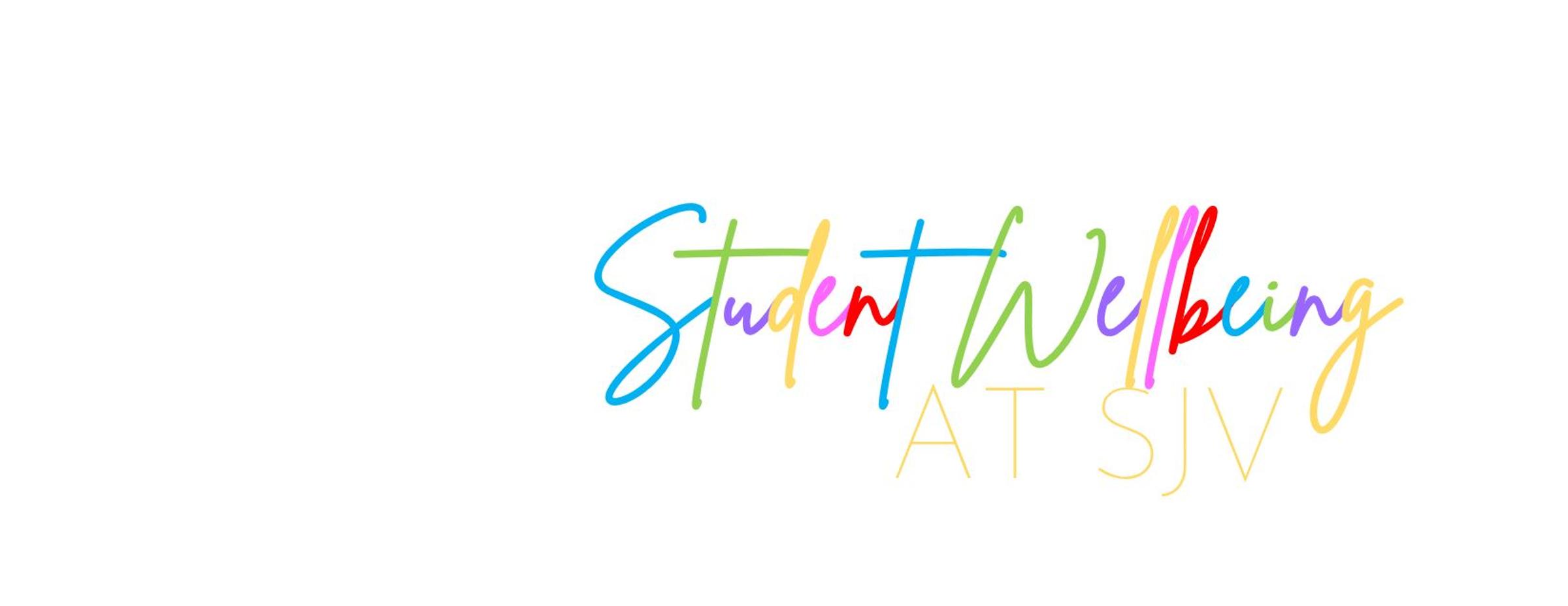Student Wellbeing

Bullying No Way:
National week of action12th to 16th August 2024
In two weeks time the school will continue to discuss and complete activities around Bullying. Topics will be identifying trusted adults who can support them.
What is bullying?
Bullying is complex social issue. It resists simplistic ideas and solutions.
Knowing exactly what bullying is and understanding why it happens are critical to finding positive and evidence-informed solutions for everyone involved.
The National definition of bullying for Australian schools says:
Bullying is an ongoing and deliberate misuse of power in relationships through repeated verbal, physical and/or social behaviour that intends to cause physical, social and/or psychological harm. It can involve an individual or a group misusing their power, or perceived power, over one or more persons who feel unable to stop it from happening. Bullying can happen in person or online, via various digital platforms and devices and it can be obvious (overt) or hidden (covert). Bullying behaviour is repeated, or has the potential to be repeated, over time (for example, through sharing of digital records). Bullying of any form or for any reason can have immediate, medium and long-term effects on those involved, including bystanders. Single incidents and conflict or fights between equals, whether in person or online, are not defined as bullying.
Signs of Bullying:
Each individual student who has been bullied or is bullying others will respond and act differently. A student's behaviours and moods can also change for a variety of reasons. However, the following are some signs that may indicate a student is experiencing bullying:
Signs a teacher may notice:
- becomes aggressive and unreasonable
- starts getting into fights
- refuses to talk about what is wrong
- school grades begin to fall. Sometimes bullying can be less obvious.
Signs can include:
- student is often alone or excluded from friendship groups at school
- student is a frequent target for teasing, mimicking or ridicule at school
- change in the student's ability or willingness to speak up in class and appears insecure or frightened.
Signs a parent may report:
- doesn't want to go to school
- changes their method or route to school or are frightened of walking to school
- changes in sleep patterns
- changes in eating patterns
- frequent tears, anger, mood swings
- unexplained bruises, cuts, scratches
- missing or damaged belongings or clothes
- arriving home hungry
Students who are more likely to be bullied are also more likely to:
- feel disconnected from school and not like school
- lack quality friendships at school
- display high levels of emotionality that indicate vulnerability and low levels of resilience
- be less well accepted by peers, avoid conflict and be socially withdrawn
- have low self-esteem
- be relatively non-assertive
- be different in some way.
Students who frequently bully others are more likely to:
- feel disconnected from school and dislike school
- demonstrate good leadership skills
- demonstrate good verbal skills and ability to talk themselves out of trouble
This information comes from a range of sources including:
The Australian Psychological Society Tip Sheets http://www.psychology.org.au/publications/tip_sheets/bullying/#s9
Working Together: A Toolkit for parents to Address Bullying http://behaviour.education.qld.gov.au/bullying-andviolence/schools/Pages/qsaav.aspx#toolkit
Regards
Jenny Willmott
jwillmott@sjvmulgrave.catholic.edu.au
Deputy Principal/ Student Wellbeing Leader

